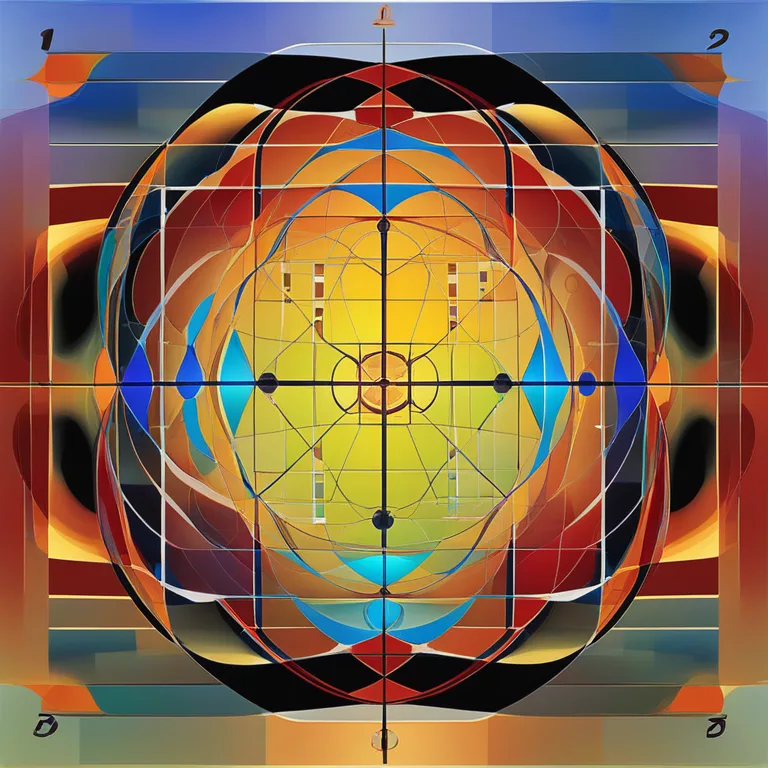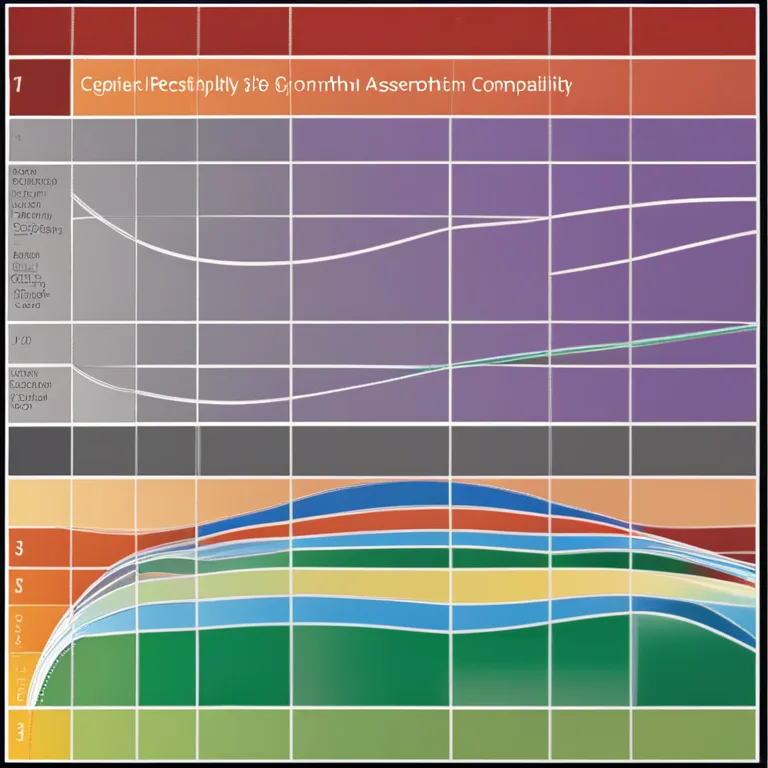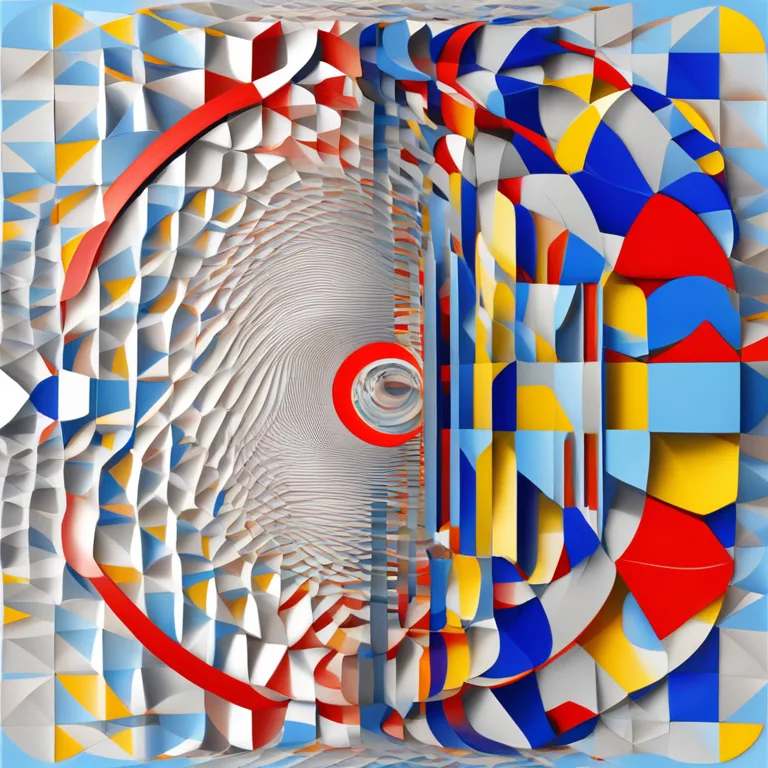
Biorhythm Compatibility and Birth Dates
Discover how biorhythm compatibility based on birth dates can influence personal connections. Learn to harmonize your life rhythms.
article by Adrian Wallace
The Essence of Biorhythms
Biorhythms are believed to be the rhythmic cycles that govern human life. Proponents suggest that from the moment of birth, we are influenced by three fundamental biorhythms: the physical, emotional, and intellectual cycles. Each cycle fluctuates in a sine wave pattern, with highs and lows, impacting our capabilities and feelings. Supporters of biorhythm theory argue that understanding these cycles can enhance our daily interactions, including relationships. The idea that harmonizing our innate cycles with others can bring about better understanding and compatibility is central to the practice of biorhythm analysis.

Calculating Biorhythmic Cycles
To delve into biorhythm compatibility, one must first calculate individual biorhythm cycles. These are determined by your birth date and follow specific patterns — 23 days for the physical cycle, 28 days for the emotional cycle, and 33 days for the intellectual cycle. Numerous biorhythm calculators, now readily accessible online and as smartphone applications with upgraded algorithms accurate for the year 2024 and beyond, can instantly analyze these cycles. By inputting simple data such as your birth date, you can receive a comprehensive biorhythm chart that lays out your current state within these cycles.

Biorhythm Compatibility Analysis
The complexity of human relationships can often be traced back to the fluctuating states of our biorhythms. By comparing the biorhythm charts of two individuals, one can assess their compatibility. This holistic approach inspects the synchronization between partners' physical, emotional, and intellectual cycles, posing that when these are in harmony, the relationship can flourish. Conversely, a clash in cycles might explain periods of tension or misunderstanding. Although not an exact science, many turn to biorhythm compatibility to gain insight into the ebb and flow of their personal connections.

The Significance of Birth Dates
A person's birth date serves as the starting point for calculating biorhythms and, as such, is a critical factor in assessing biorhythm compatibility. Relationships, whether romantic or platonic, can benefit from an awareness of each person's individual cycles and how they intertwine. Birth dates not only define the onset of each cycle but also denote periods of critical days when transitions occur from high to low or vice versa. These shifts can be especially impactful on interactions and are crucial moments to be mindful of in a relationship.

Real-World Applications
In practice, the use of biorhythm compatibility extends beyond personal curiosity, influencing decisions in professional athlete training, relationship counseling, and even business partnerships. By considering the timing of important events with one's biorhythms or coordinating activities with others, users claim to optimize outcomes and harmony. However, it's worth acknowledging that the scientific community remains skeptical of biorhythm theory, classifying it more as a pseudoscience than a reliably predictive tool.
Harmonizing Life’s Rhythms
While acknowledging the need for further empirical validation, those who utilize biorhythm compatibility suggest that it can foster a more profound awareness of our physiological and psychological cycles. They claim that by aligning our lifestyle with our intrinsic rhythms and seeking out compatible partners, we may navigate the complexities of interpersonal relationships with greater ease. Whether through conscious timing or subconscious affinity, biorhythm compatibility continues to intrigue those seeking harmony in life's rhythms.
Published: 12/28/2023
Modified: 12/28/2023
More predictions
Come back here soon to learn more about yourself and your future


Navigating Biorhythm Cycles
Explore the concept of biorhythms, their cycles, and examples of how they influence our daily lives.


Unlocking Your Body's Natural Clock
Explore the intriguing world of biorhythms and discover how they influence your physical, emotional, and intellectual states.


Biorhythm Theory: Fact Or Fallacy?
Explore the fascinating concept of biorhythms to discern if there's any scientific accuracy behind this popular belief.